Scientist of the Day - Ogier Ghiselin de Busbecq
Ogier Ghiselin de Busbecq, a Flemish botanist and diplomat, died Oct. 28, 1592, at age 70. Busbecq served several Habsburg emperors in Vienna as ambassador to Constantinople. Captivated by the flowers he saw in Turkish gardens that were unknown to the West, he arranged to have bulbs and seeds sent back to his friend, Carolus Clusius, also serving the Habsburgs in Vienna, who planted them in the imperial gardens and then helped disseminate them further west. The top of the engraved title page to Clusius's Rariorum plantarum historia (1601; first image above) shows four of the plants that went from Busbecq to Clusius to Europe (from left to right): turks-cap lily, dog-toothed violet, cyclamen, and crown imperial. Not included here is the most famous import from Constantinople, the tulip (but see bottom center of the entire engraving (second image).
Busbecq also purchased a botanical manuscript in Constantinople that he sent back to Vienna. It was a fully illustrated copy in Greek of the De materia medica of Dioscorides, originally compiled about 60 C.E and the direct ancestor of the herbal. The manuscript was made in 512 C.E., commissioned by Princess Anicia Juliana, and it is one of the oldest scientific manuscripts in the world. It is usually referred to as the Vienna Dioscorides, or the Vienna Codex. It is important in showing us that early botanical illustrations were naturalistic, drawn from life, a characteristic that faded away in the Middle Ages and had to be rediscovered in the sixteenth century. Because the manuscript is unique—it resides in the Austrian National Library—a sumptuous facsimile was published in 1965 that managed to duplicate the look and feel of the original, which was written on vellum. We have a copy of the facsimile in our History of Science Collection. Three of the images from the Vienna Dioscorides are reproduced above: a bramble (third image), Cannabis (fourth image), and a portrait of Dioscorides (fifth image). A sixteenth-century engraved portrait of Busbecq provides our last image.
Dr. William B. Ashworth, Jr., Consultant for the History of Science, Linda Hall Library and Associate Professor, Department of History, University of Missouri-Kansas City. Comments or corrections are welcome; please direct to ashworthw@umkc.edu.

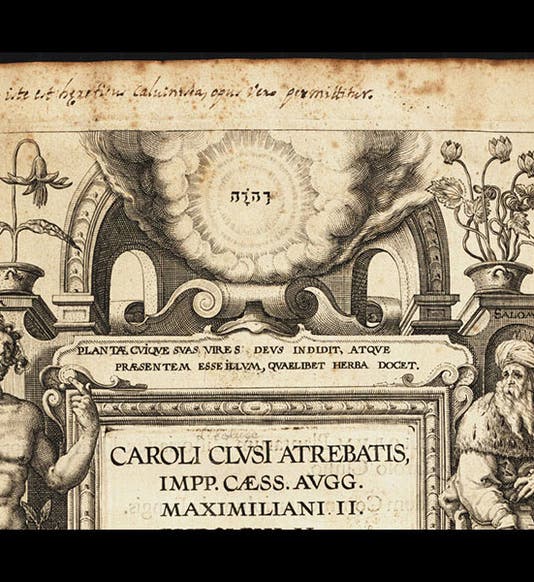

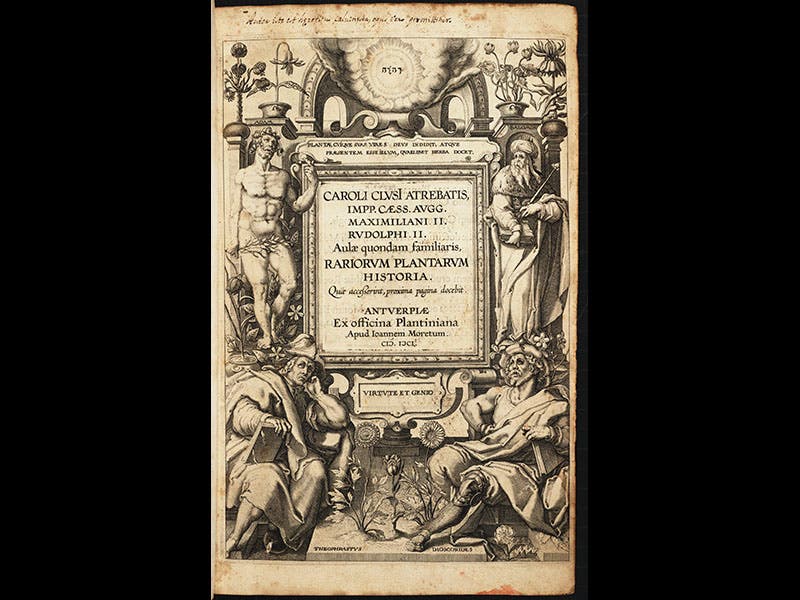

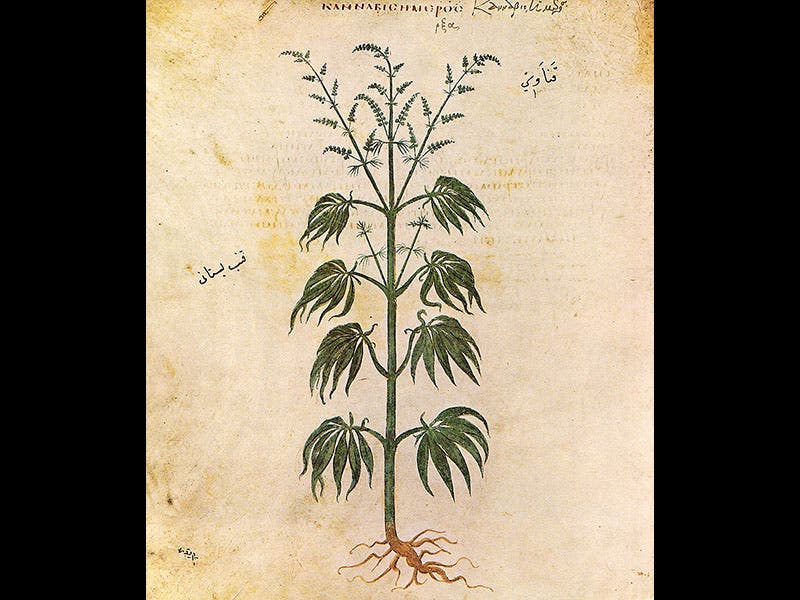
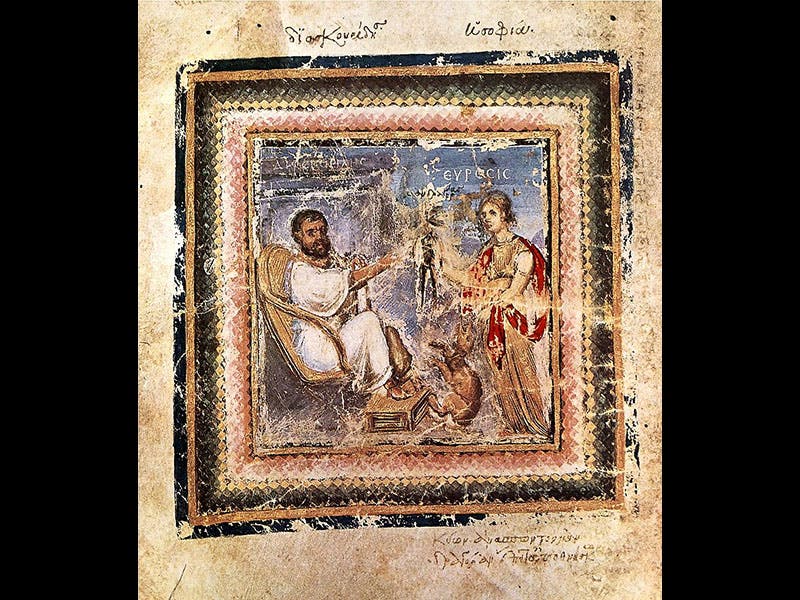
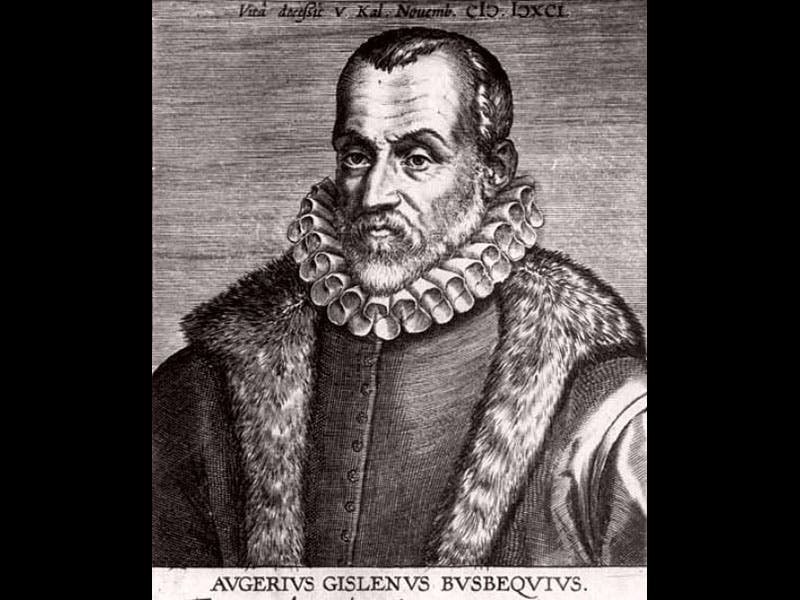
![“Aurora Borealis,” hand-colored wood engraving by Josiah Wood Whymper, [Natural Phenomena], plate 2, 1846 (Linda Hall Library)](https://assets-us-01.kc-usercontent.com:443/9dd25524-761a-000d-d79f-86a5086d4774/0245ffcb-b70c-477c-8792-0a73ebd54eb2/Whymper%2011.jpg?w=210&h=210&auto=format&fit=crop)



